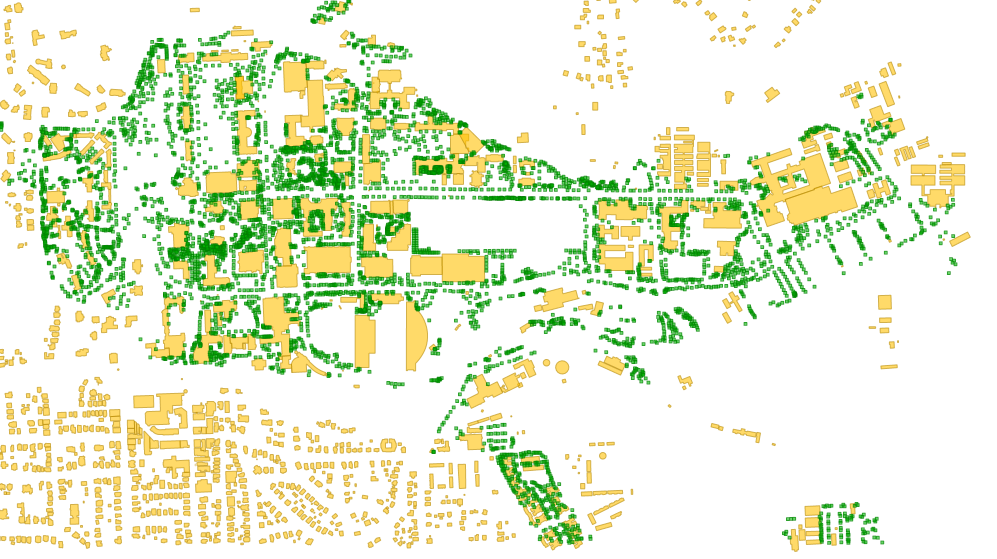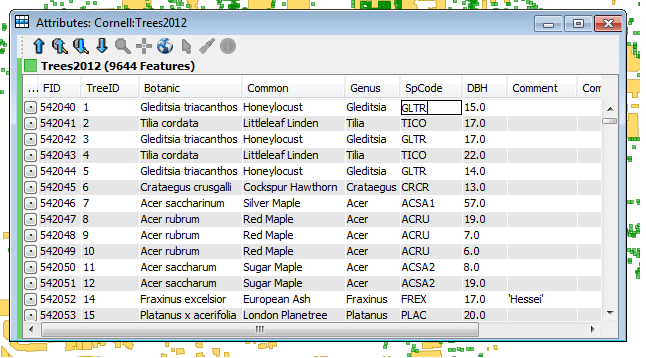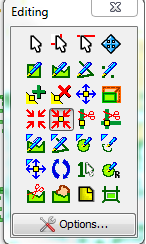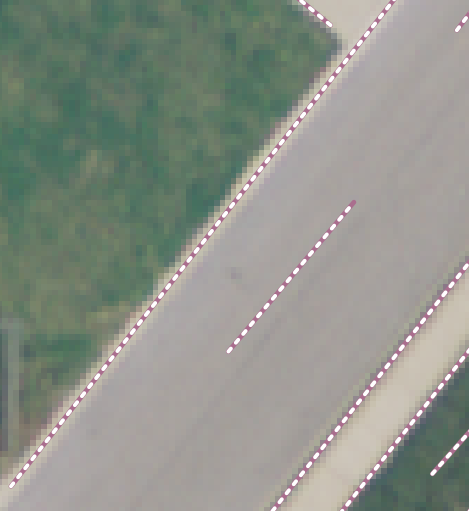OpenJUMP is a neat little program for editing geometry and attribute data in GIS-related files. It is free and open source,
its project source code can be downloaded. A full list of its features
can be found here. Anyone that has gotten deep into a GIS project knows that inevitably attribute or geometry data will need be edited.
OpenJUMP can be installed on Windows, Mac OSX, or Linux. Instructions for installation are found on the project's wiki:
http://ojwiki.soldin.de/index.php?title=Installation#Requirements.
After installing and opening the program, you will find a neat and organized interface. Setting up workspaces/a project space is easy and smooth, unlike other programs that I have used. There is a very nice and functional menu bar at the top. Buttons below provide for basic functions that are common in GIS-related programs.
You will find a lot of functionality in the "Tools", "Rasters"," and Plugins on the top navigation bar. For example, in Tools you will be able to:
- Do spatial and attribute queries
- Proximity/buffer analysis
- Create statistics about the layer and featurs
- Generate grids,etc.
- Perform quality assurance (QA)
- Edit geometry data
- Edit attribute data
Also, right-clicking on a loaded layer, will also bring up a wide variety of actions to be performed.
First, our map. Below is a map of shapefiles loaded in OpenJUMP for
Cornell University's campus buildings and a shapefile of trees from an inventory in 2012. Click any of the images below to see them in a larger version.
 |
| Cornell University Campus and Tree Inventory. |
Editing Attribute Data
Below is a screenshot of the attribute table in OpenJUMP. Right-click in the table, and selecting "Editable" allows users to edit attribute data and also brings up an additional Editing Toolbar for editing geometry.
 |
| An attribute table for our tree inventory file. |
Editing Geometry Data
At right: the Editing Geometry toolbar.

Editing geometry toolbar includes the ability to:
- Select features, parts, and linestrings
- Draw rectangle, polygon, linestring, and points
- Invert, delete, or move a vertex
- Scale selected items
- Snap vertices, snap vertices to selected vertex, split lines, node lines
- ...and about 12 other actions
So, let's say I wanted to edit a building. I would right-click on the shapefile and click "Editable" and then make the change, say using the delete vertex tool. Your cursor becomes a small red
x and pulsates/sends a ping to let you know that the action has been completed.
Lastly, a quick word about using the Feature Info Tool / identify tool. With it, you have several different ways to display information about select features. The screens below show information for a tree shapefile.
 |
The Feature Info Tool allows you to view attribute and/or geometry data
with a few clicks of a button, it can be viewed in different formats. |
OpenJUMP has a lot of interesting features, including exporting images as scaleable vector graphs or *.svg. Be sure to check out OpenJUMP at:
http://www.openjump.org/.













